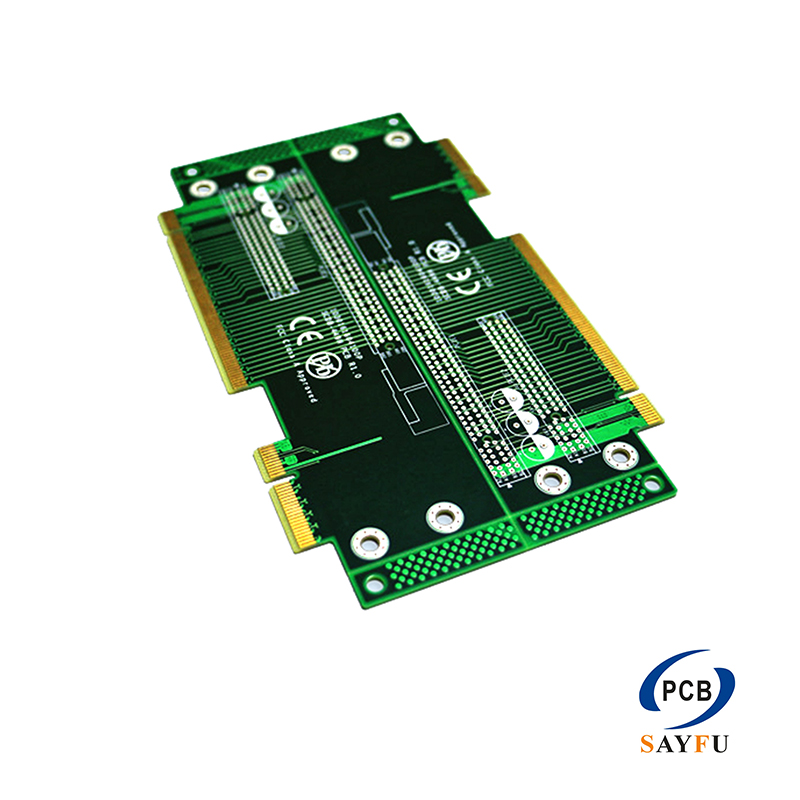Layout design
In the PCB design, special components refer to the key components of the high-frequency part, the core components in the circuit, the components that are susceptible to interference, the components with high voltage, the components with high heat generation, and some heterosexual components , the position of these special components needs to be carefully analyzed, and the layout of the belt should meet the requirements of circuit functions and production needs. Improper placement of them may cause circuit compatibility issues, signal integrity issues, and lead to PCB design failures.

PCB size is the first consideration when designing how to place special components. Kuaishou pointed out that when the size of the pcb is too large, the printed lines will be long, the impedance will increase, the anti-drying ability will decrease, and the cost will also increase; if it is too small, the heat dissipation will be poor, and the adjacent lines will be easily disturbed. After determining the size of the PCB, determine the placement of the special components. Finally, according to the functional unit, all components of the circuit are laid out. The placement of special components generally follows the following principles:
- Shorten the connection between high-frequency components as much as possible, and try to reduce their distribution parameters and electromagnetic interference with each other. Components that are susceptible to interference should not be too close to each other, and the input and output should be kept as far away as possible.
- Some components or wires may have a high potential difference, and their distance should be increased to avoid accidental short circuit caused by discharge. High-voltage components should be kept out of reach as far as possible.
- Components weighing more than 15G can be fixed with brackets and then welded. Those heavy and hot components should not be placed on the circuit board, but should be placed on the bottom plate of the main chassis, and consider heat dissipation. Thermal components should be kept away from heat-generating components.
- For the layout of adjustable components such as potentiometers, adjustable inductance coils, variable capacitors, and micro switches, the structural requirements of the entire board should be considered. Some frequently used switches should be used when the structure permits. Keep it within easy reach of your hands. The layout of components should be balanced and dense, and should not be top-heavy.
For the success of a product, one must pay attention to the internal quality. The second is to take into account the overall beauty, both of which are relatively perfect boards, in order to become successful products.
Placement order
- Place components that closely match the structure, such as power sockets, indicator lights, switches, connectors, etc.
- Place special components, such as large components, heavy components, heating components, transformers, ICs, etc.
- Place small components.
Layout check
- Whether the size of the circuit board and the processing size required by the drawing are in line with each other.
- Whether the layout of the components is balanced, neatly arranged, and whether all the layouts have been completed.
- Are there any conflicts at all levels? For example, whether components, frames, and layers that require silk screen printing are reasonable.
- Whether the commonly used components are easy to use. Such as switches, plug-in board insertion equipment, components that need to be replaced frequently, etc.
- Whether the distance between thermal components and heating components is reasonable.
- Whether the heat dissipation is good.
- Whether the interference of the line needs to be considered.